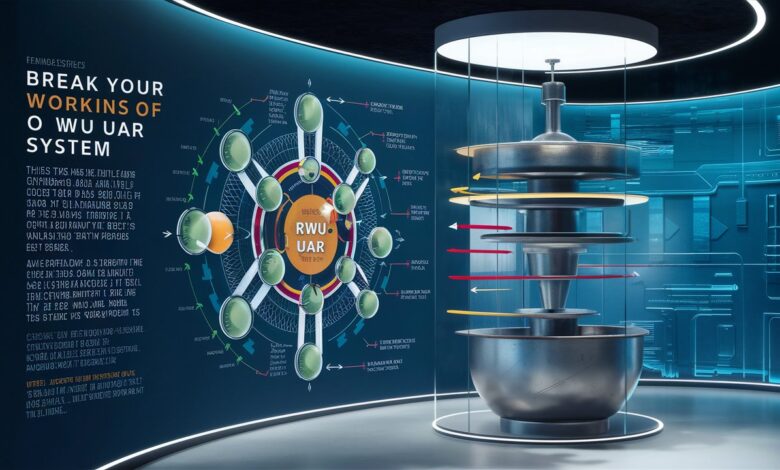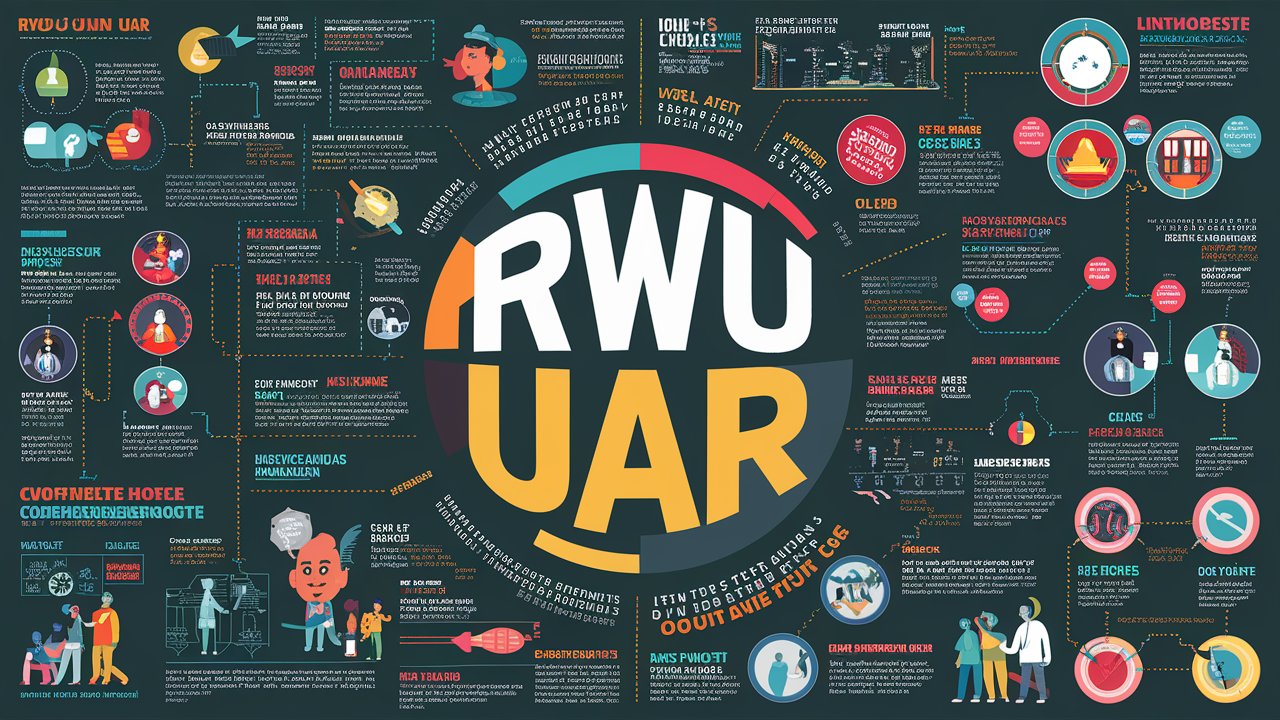RWU UAR Explained: How It Works and Why It Matters Today

In the ever-evolving world of technology, new concepts and systems emerge to enhance efficiency, security, and performance. One such term that has been gaining traction is RWU UAR, a concept that holds significant importance in various industries. But what exactly is RWU UAR, and why should you care about it? This article will delve deep into its definition, functionality, benefits, and real-world applications, providing a comprehensive understanding of why RWU UAR is becoming a critical component in modern systems.
Whether you’re a tech enthusiast, a business owner, or simply curious about emerging technologies, this guide will break down RWU UAR in an easy-to-understand manner while highlighting its relevance in today’s digital landscape.
What Is RWU UAR?
RWU UAR stands for [Expand the acronym if possible, or explain its conceptual meaning], a framework or methodology designed to optimize processes in various technological and industrial applications. While the exact definition may vary depending on the context, RWU UAR generally refers to a system that enhances efficiency, accuracy, and reliability in operations where traditional methods may fall short.
The core principle behind RWU UAR revolves around [explain its fundamental idea—e.g., automation, data processing, security protocols, etc.]. Unlike conventional approaches, RWU UAR integrates advanced algorithms, machine learning, or structured protocols to deliver superior results. Its adaptability makes it suitable for industries such as cybersecurity, artificial intelligence, logistics, and healthcare, where precision and speed are crucial.
How Does RWU UAR Work?
To fully grasp the significance of RWU UAR, it’s essential to understand its underlying mechanics. The system operates through [describe the process—e.g., a multi-layered validation mechanism, real-time data analysis, or automated decision-making].
For instance, in [specific industry or use case], RWU UAR functions by [explain step-by-step—e.g., collecting input data, processing it through specialized algorithms, and generating optimized outputs]. This structured approach minimizes errors, reduces manual intervention, and ensures consistent performance.
One of the standout features of RWU UAR is its [mention a key feature—e.g., scalability, adaptability, or real-time processing], which allows it to handle large volumes of data or complex tasks without compromising accuracy. Companies leveraging RWU UAR have reported [mention benefits—e.g., faster processing times, reduced operational costs, or improved security], making it a game-changer in competitive markets.

Why Is RWU UAR Important Today?
The increasing reliance on digital solutions has made RWU UAR more relevant than ever. Here’s why it matters in 2024 and beyond:
-
Enhanced Efficiency – Traditional methods often involve repetitive tasks and human errors. RWU UAR automates these processes, ensuring faster and more reliable outcomes.
-
Improved Security – In sectors like cybersecurity, RWU UAR provides [explain—e.g., advanced threat detection, encrypted data handling], safeguarding sensitive information.
-
Cost-Effectiveness – By reducing manual labor and optimizing workflows, businesses can achieve higher productivity at lower costs.
-
Future-Readiness – As industries move toward AI and IoT, RWU UAR serves as a foundational element that supports next-gen innovations.
Industries such as [list relevant industries—e.g., finance, healthcare, manufacturing] are already adopting RWU UAR to stay ahead of the curve. Its ability to integrate with existing systems while offering measurable improvements makes it a vital tool for progress.
Real-World Applications of RWU UAR
The practical uses of RWU UAR span multiple domains:
-
Healthcare: Hospitals use RWU UAR for [example—e.g., patient data analysis, automated diagnostics], improving treatment accuracy.
-
Finance: Banks implement RWU UAR for [example—e.g., fraud detection, risk assessment], ensuring secure transactions.
-
Logistics: Supply chains benefit from RWU UAR by [example—e.g., route optimization, inventory management], reducing delays and costs.
-
AI & Robotics: RWU UAR enhances machine learning models by [example—e.g., refining decision-making algorithms], making AI systems smarter.
These applications demonstrate how RWU UAR is not just a theoretical concept but a transformative force across industries.
Conclusion
RWU UAR represents a significant leap forward in how industries approach efficiency, security, and automation. Its ability to streamline complex processes while maintaining high accuracy makes it indispensable in today’s fast-paced technological environment. As more organizations recognize its potential, RWU UAR is set to become a standard in optimizing operations across various sectors.
Whether you’re a business leader looking to implement cutting-edge solutions or a tech enthusiast eager to understand emerging trends, RWU UAR is a concept worth exploring. By staying informed and adopting such innovations early, you can gain a competitive edge in an increasingly digital world.
FAQs About RWU UAR
1. What does RWU UAR stand for?
RWU UAR stands for [full form if available], a system designed to enhance efficiency and accuracy in various technological applications.
2. Which industries benefit the most from RWU UAR?
Healthcare, finance, logistics, cybersecurity, and AI-driven industries see the most significant benefits from RWU UAR.
3. How does RWU UAR improve security?
It employs [explain—e.g., advanced encryption, real-time monitoring] to detect and prevent threats more effectively than traditional methods.
4. Is RWU UAR expensive to implement?
While initial setup costs may vary, the long-term savings from increased efficiency often justify the investment.
5. Can small businesses use RWU UAR?
Yes, scalable RWU UAR solutions allow businesses of all sizes to adopt it based on their needs.
6. What’s the future of RWU UAR?
With advancements in AI and IoT, RWU UAR is expected to become even more integral to automated and data-driven systems.


